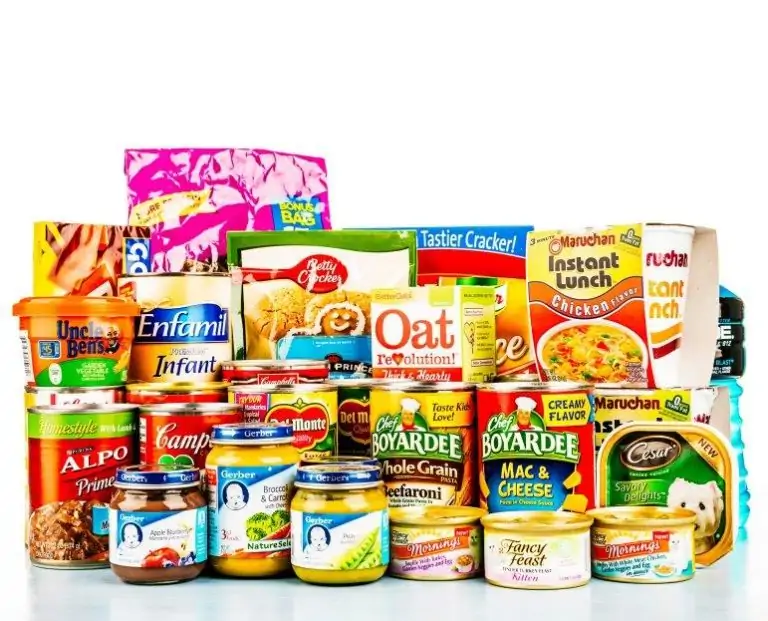Navigating rising costs in the feed milling industry
As the primary nutritional source for livestock, feed plays a crucial role in animal farming. Sourcing high-quality feed is essential for raising healthy and productive animals; however, the amount of feed required per animal can make it a major expense for producers, especially considering the tight profit margins in livestock production. For animals such as pigs and poultry, feed costs can vastly outweigh any other input expenses, accounting for as much as 75% of production cost per animal.
In recent years, market shifts and disruptions in the feed milling industry have caused feed prices to rise dramatically. This has had a significant effect on livestock production costs and profitability, threatening livestock farmers’ bottom-line. This article outlines what is causing feed manufacturing costs to rise, the broader implications for the agricultural industry, and how livestock producers and feed manufacturers can navigate these challenges.
Why costs in feed milling have risen
The rising price of feed is primarily driven by volatility in crucial feed milling inputs. The feed milling process consists of grinding and processing raw ingredients into a form that is nutritious and suitable for animal consumption. This requires three primary inputs: energy, raw ingredients, and labour. Unfortunately, all three are experiencing historic shortages.
Surges in gas and electricity prices have contributed heavily to increased operational costs across the supply chain, and feed milling is no exception. While this issue has waned somewhat, in most instances gas and electricity costs have yet to return to pre-2021 levels. Research has also revealed a shortage of labour within feed manufacturing, as well as an increase in labour costs that is having a lingering impact on feed quality and quantity.
At the same time, the price of raw ingredients has increased drastically, due to a series of poor wheat and maize harvests and subsequent supply shortages. This has been exacerbated by the ongoing Russo-Ukrainian conflict, which has impacted regional production and exportation of feed ingredients such as wheat and soyabean, as well as sunflower meal, for which more than half of the global export supply hails from Ukraine.
The conflict has also impacted logistics, with exported feed ingredients taking longer to transport and becoming more expensive and prone to spoilage. Furthermore, the rapidly growing bioenergy industry has become a direct competitor to the feed industry for raw materials, with poorly financed feed mills struggling to compete with the heavily subsidised bioenergy industry.
Implications
Increased costs within the feed milling industry jeopardise the financial viability and long-term sustainability of companies within this sector. To counter these challenges and remain competitive, many feed manufacturers have been compelled to revise their business strategies. A common approach involves reducing operational expenses. However, this strategy comes with significant drawbacks, particularly in terms of feed quality, with some manufacturers compromising on the nutritional value and healthiness of the feed they produce.
This trade-off has led to concerns about quality, as the pursuit of lower production costs results in the production of inferior feed, potentially impacting the health and productivity of livestock. For example, many manufacturers have begun to forgo the feed pelleting process, which can account for as much as 60% of a mill’s energy consumption. However, skipping this process can introduce safety risks, due to the lack of heat treatment. Furthermore, costly feed additives are being used less, ultimately lessening the nutritional quality, presentation, hygiene, and digestibility of animal feed.
Naturally, rising costs in feed milling has broader implications across value chains. As animal feed becomes more expensive, so does livestock production. Ultimately, these price hikes trickle down the value chain, with consumers ultimately bearing the brunt at the retail level.
Coping strategies
For livestock producers, one of the primary ways to reduce feed costs is to forego feed purchasing entirely, instead relying on natural grazing or growing their own feed. A growing number of farms are relying on circular practices, such as repurposing food and grain waste into feed. However, while these strategies are less costly, they may not provide the nutrient-rich diets required to maintain healthy livestock. Furthermore, an overreliance on grazing can leave farmers vulnerable to droughts or floods.
From the feed manufacturers perspective, increased costs have necessitated purchasing and operational changes that reduce expenses and maximise efficiency. Many manufacturers are looking to new additives and alternative ingredients in feed formulation as a way of diversifying.
One example of this is insect feed, which is considered a more sustainable and resource efficient protein source compared to traditional soybean meal and fishmeal, albeit more expensive currently. Similarly, some feed mills have found success in sourcing raw ingredients locally to reduce logistics costs, storage costs, and spoilage risks.
Robust energy management and maintenance practices are critical to maximising energy efficiency in feed mills. Many feed mills are decades old, relying upon extremely outdated and inefficient equipment and systems. Water, steam, and air leakage is particularly common in energy intensive equipment such as boilers and air compressors and so appropriate monitoring and maintenance is crucial for minimising energy wastage.
This includes ensuring proper water softening in boilers, lowering air pressure where necessary, checking for steam leaks, using lighting only when required and generally preventing unnecessary energy consumption. Implementing these measures can substantially lower energy expenses and enhance the overall efficiency of feed mill operations.
New technologies are also emerging to reduce expenses on-site, examples include improved automation technologies, traceability systems, advanced sensors, and much more. Automation, particularly in dosing and weighing, reduces labour and improves accuracy, while traceability systems can ensure food safety and regulatory compliance. Sensor technology and other digital solutions offer real-time data monitoring and prediction capabilities that improve sales/demand forecasts, enhance productivity, and reduce operational expenses.
Speak to the experts
With the price of raw materials remaining high, it is critical that feed milling businesses and livestock farmers invest in more sustainable and cost-efficient strategies. Operational changes in feed milling and animal farming can be challenging but at Farrelly Mitchell, our food and agribusiness consultants offer tailored supports to clients that enhance productivity and profitability.
Through comprehensive on-site inspections, we identify inefficiencies and draft bespoke strategies to address them. Our experts are well-versed in farming and feed milling processes, and can offer insights into logistics, agtech adoption and supply chain optimisation. Contact our agribusiness experts today to optimise your systems, increase competitiveness, and safely navigate volatile markets.














